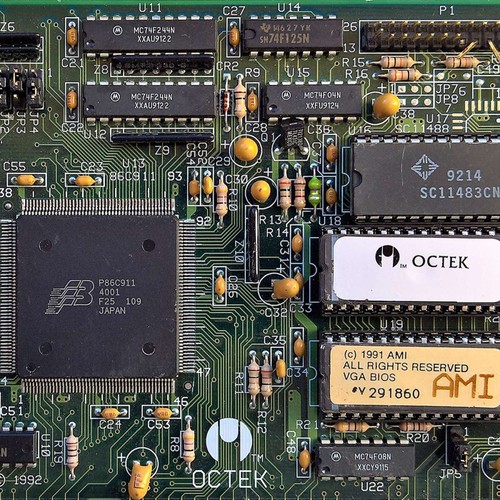
 Oxide and Friends
Oxide and Friends Heterogeneous Computing with Raja Koduri
5 snips
Jul 18, 2024 Hardware expert Raja Koduri discusses differences between CPU, GPU, FPGA, and ASIC with the hosts. They explore the evolution of graphics computing, industry trends, efficiency in computing tasks, memory intensive workloads, challenges in computing architecture, meeting customer needs, packaging in technology advancements, power infrastructure for gigawatt solar farms, and the future of heterogeneous computing.
AI Snips
Chapters
Transcript
Episode notes
Raja's Accidental Silicon Career
- Raja Koduri became a silicon guy by accident after starting as a game developer support engineer at S3.
- He bridged game programmers and silicon designers, eventually joining the hardware team himself.
Transportation Analogy for Compute Units
- CPUs are like cars, efficient for small payloads, while GPUs are buses and trains for larger parallel workloads.
- FPGAs act as versatile construction vehicles, useful for custom, low-volume, and prototyping tasks.
Performance and Generality Balance
- Successful architectures balance performance and generality to lead the market.
- The persistence of x86 demonstrates the power of general purpose compatibility alongside performance evolution.
